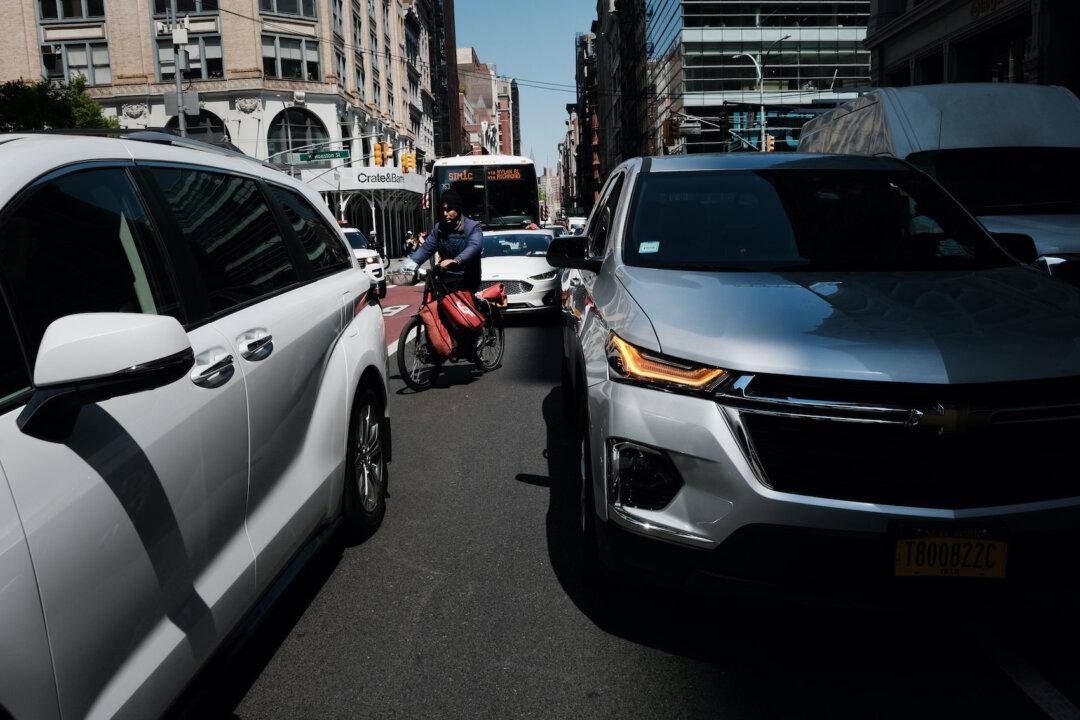The price of new and used cars remains high, with many car owners planning to delay selling their vehicles, along with rising borrowing rates and high inflation cutting into many Americans’ expenses.
The average age of a passenger vehicle in the United States hit a record 12.5 years in 2023, according to data gathered by S&P Global Mobility.
A sudden push by the government to encourage a transition towards electric vehicles and the supply chain crisis has triggered a global shortage of automotive semiconductor chips.
These vital chips are now essential to run most existing cars on the road today, to operate everything from radios to gas pedals, to transmissions.
The component shortage drastically slowed global assembly lines, making new vehicles scarce on dealer lots when consumers were increasingly eager to buy.
Cars Becoming Too Expensive
Although prices have eased from their record highs, the average cost of a car has become too expensive for many Americans, especially when considering higher loan rates.The average cost of a new vehicle has soared 24 percent to nearly $48,000 as of April, according to Edmunds, the car shopping guide.
Meanwhile, the typical loan rate for a new car purchase has ballooned to 7 percent due to the Federal Reserve’s aggressive interest rate policy to combat and lower high inflation.
The national average monthly auto loan payment has surged to $729 since 2020, well beyond the means of millions of struggling Americans.





